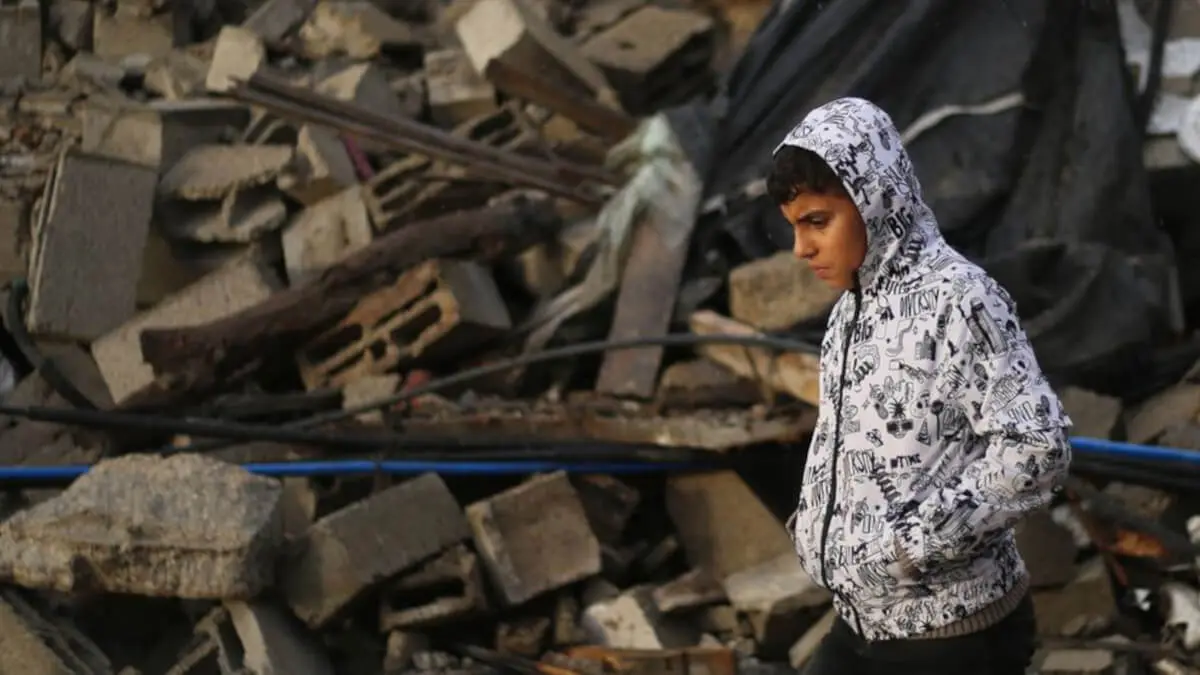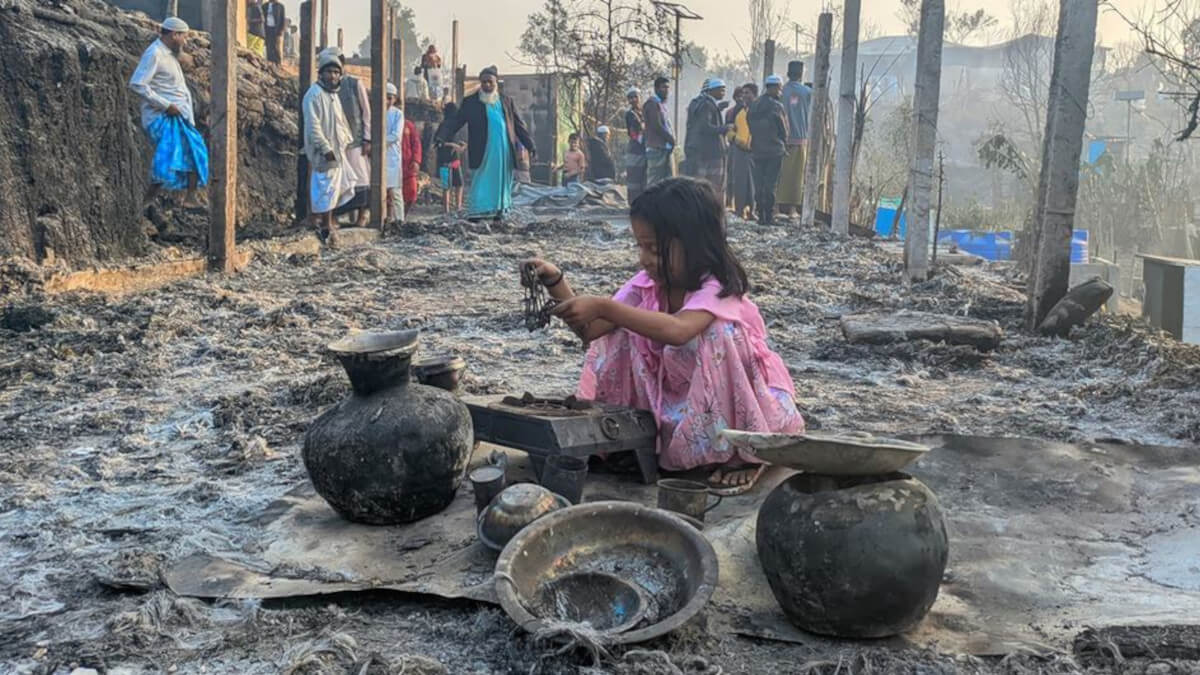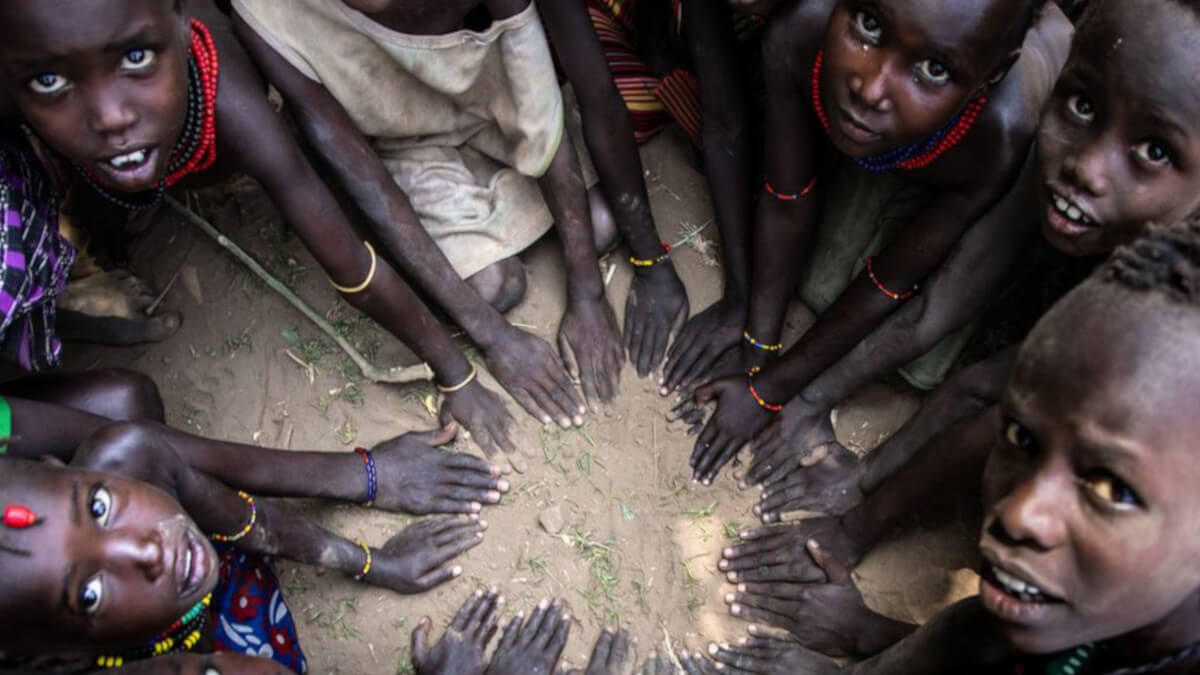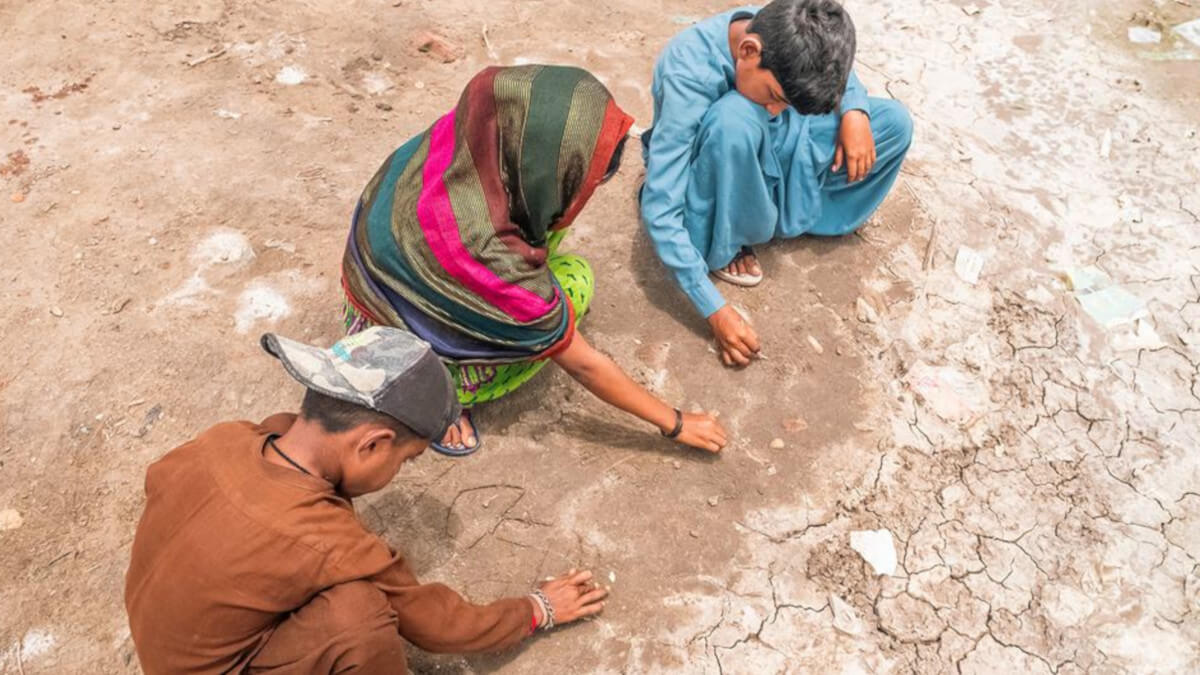2024 will be a challenging year for the world's children

At the beginning of each year, the United Nations Children's Fund (UNICEF) examines the risks children are likely to face and suggests ways to reduce potential harm.
- Continued violence and war
- Slow economic growth
- Lack of international collaboration
- Inequalities in developing countries
- Democracy under threat
- The climate crisis
- Regulating artificial intelligence
- Time to choose
The latest report, Expectations for Children 2024: Cooperation in a Fragmented World, describes a near-term future characterised by continuing conflict and economic uncertainty. Here is a breakdown of the main trends to watch out for.
Continued violence and war
According to the report, the potential for conflict will be driven by increasing competition between world powers, threatening the rights and lives of children, as violence and war not only threaten the very existence of children, but divert resources from education, health care and nutrition.

Slow economic growth
Stagnant economic growth is undermining years of progress in reducing child poverty, making it harder for young people to access global labour markets. If international trade is hampered by distrust and tit-for-tat tariffs, food prices could rise and child nutrition could suffer. The way to protect children, the report says, is economic solidarity, collaboration between markets and investment in the skills of the future.
Lack of international collaboration
Conflictos
— UNICEF en español (@unicefenespanol) January 9, 2024
Desastres
Inseguridad alimentaria
Cambio climático
Brotes de enfermedades
Estas son 13 emergencias que ponen en riesgo a niños y niñas y que no debemos olvidar en 2024.https://t.co/5gMEsM5KFy
The report expresses concern that a fragmented multilateral system is failing to deliver results on key issues for children. This can limit efforts to address grave violations of children's rights; hamper efforts to address global risks, including the climate crisis; and inhibit the collective action needed to prevent and end conflict.
The multilateral system has an opportunity to get back on track in 2024 through stronger collective action, global governance and financial reforms.
Democracy under threat
With dozens of elections taking place in 2024, global democracy faces unprecedented risks posed by misinformation and political violence that threaten children's rights and services.

Children and young people can be particularly vulnerable to this type of violence, which can lead to physical or emotional harm, disruption of public services, school closures and even death. Young people express dissatisfaction with democracy, but channel their energy into constructive civic action and online activism.
The climate crisis
The accelerated transition to green energy is reshaping critical labour and mineral markets, bringing significant benefits for children and youth, but also risks as they are exposed, for example, to harmful labour practices in mining communities.
The green transition also alters their employability in the green economy, and challenges governments to address education and training needs. But, if managed responsibly, cooperatively and fairly, this transition can be positive for children.
El Niño, mosquito-borne diseases and water scarcity will also threaten children's health and well-being, and lead to food insecurity, increased risk of child food poverty and forced migration. Greater cross-border collaboration on environmental risk management and technological innovation can mitigate the negative effects.

Regulating artificial intelligence
Finally, the potential impact of uncontrolled technologies, including artificial intelligence (AI), is rekindling fear and concern for children's well-being. New policies and regulations, if child-centred and responsibly designed, can provide opportunities and minimise negative effects.
Time to choose
The report's authors conclude that the world faces a choice between a future of fragmentation and division, or one of collaboration and cooperation, where opportunities are seized to forge a safer and more equitable world for children.
They argue that with a renewal of the spirit of cooperation envisioned by the post-World War II international order, financial reforms, political accountability, solidarity and proactive social policies, children can inherit an inclusive and resilient society.









